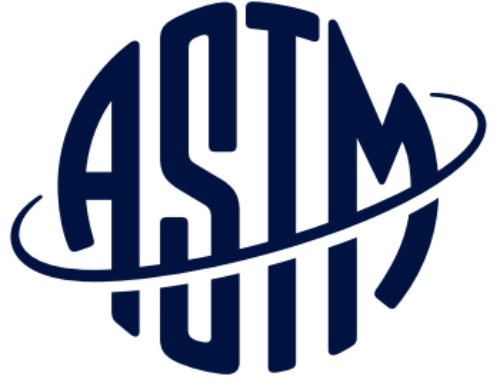Firm’s versatile modeling technology to build on sensor state of the art to enable better vehicle and cost management.
Brentwood, TN, March 19, 2009 – DARPA’s vision for the armed forces of the future includes using high tech sensors coupled with advanced modeling to know exactly when aircraft or military systems need to be brought in for maintenance -well before any vehicle failures actually occur. To realize its vision, DARPA is pulling together a diverse cross section of the country’s experts in a variety of fields: large aircraft and turbine engine manufactures, top academic scientists, sensor development companies, and others. VEXTEC has been selected for its specialized material degradation prediction technology.
At issue is the pressing need for the military to establish and maintain a high state of readiness, while instigating the most efficient maintenance procedures to reduce costs. As aircraft are flown, or land vehicles operated, they’re often pushed to the extent of their operating capabilities and beyond through extraordinarily difficult maneuvers. Until now, it has been difficult to know exactly – on an individual vehicle basis – how much wear and tear is occurring because the signs are microscopically small, well beyond the limitations of today’s inspection and field maintenance capabilities. Since the military can’t risk lives, or the loss of systems costing millions of dollars each, their policy has been to rebuild and replace components well before their expended life, driving up maintenance costs and impacting fleet availability.
DARPA wants to see field scanning of vehicles, with revolutionary sensors capable of “fingerprinting” signs of degradation, and have field maintenance use high end portable computers to process the data within advanced physics based modeling to enable a real time decision whether to continue to operate, further inspect, or slate for maintenance action.
Last year, VEXTEC showed the capability to interpret grain level degradation signatures and accurately forecast bounds in remaining useful life. Dr. Robert Tryon, VEXTEC CTO and Co-founder said, “When this system gets into place, it’ll deliver huge savings. Analysis of today’s expenditures indicates a 60 – 75% or more cost savings potential. We’re excited to be a part of DARPA’s vision of how to maintain our future armed forces, and to use the technology we developed to do it in such an efficient way.”





Leave A Comment